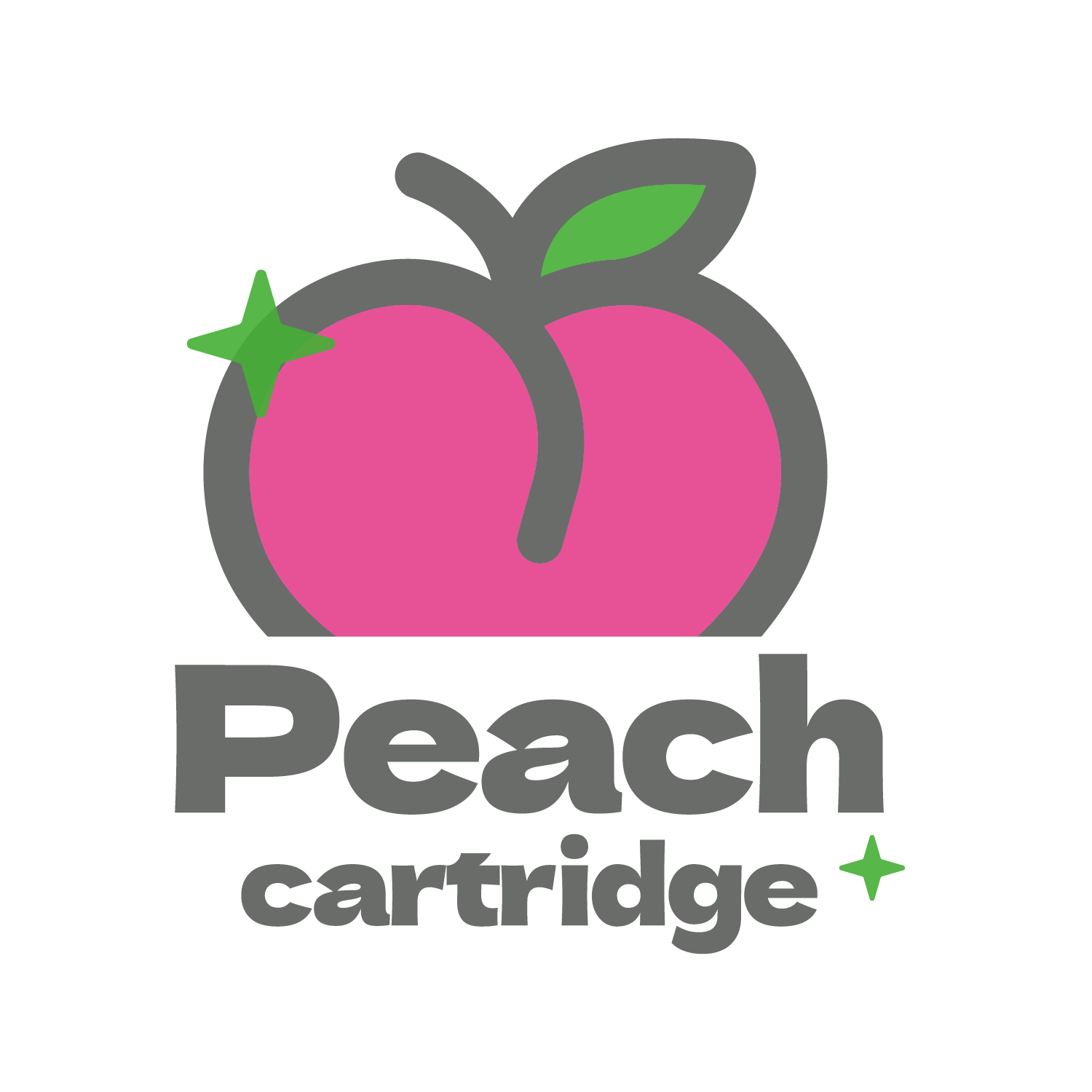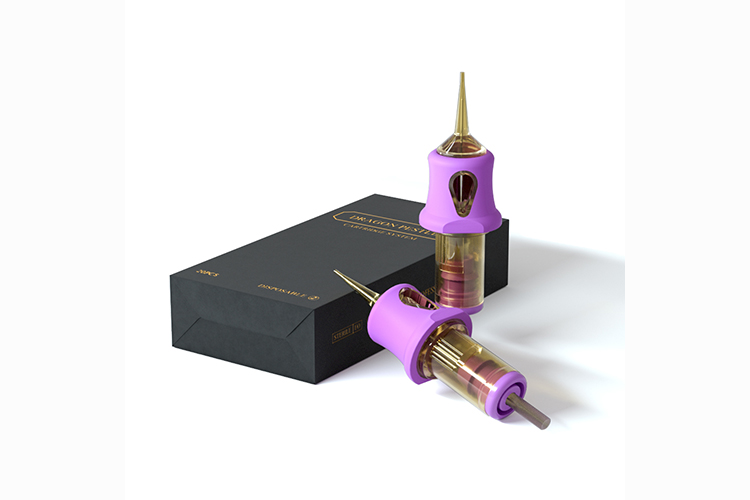Tattooing is a form of body art that has been around for thousands of years. The process involves injecting ink into the skin using a needle. Tattoo artists use different types of needles to create different effects on the skin. One important aspect of tattoo needles is their size, which can have a significant impact on the final result.
A: The Importance of Tattoo Needle Size
Understanding tattoo needle size is crucial for anyone who wants to become a tattoo artist. The size of the needle affects the width of the line, the amount of ink that is deposited, and the speed at which the tattoo is completed. Different types of needles are used for different parts of the tattooing process, such as outlining, shading, and coloring. Choosing the right needle for the job is essential for producing a high-quality tattoo that meets the client’s expectations.
II: Key Takeaways
- Tattoo needle size is an important factor in the tattooing process, affecting the width of the line, the amount of ink deposited, and the speed of the tattoo.
- Different types of needles are used for outlining, shading, and coloring.
- Choosing the right needle for the job is crucial for producing a high-quality tattoo that meets the client’s expectations.
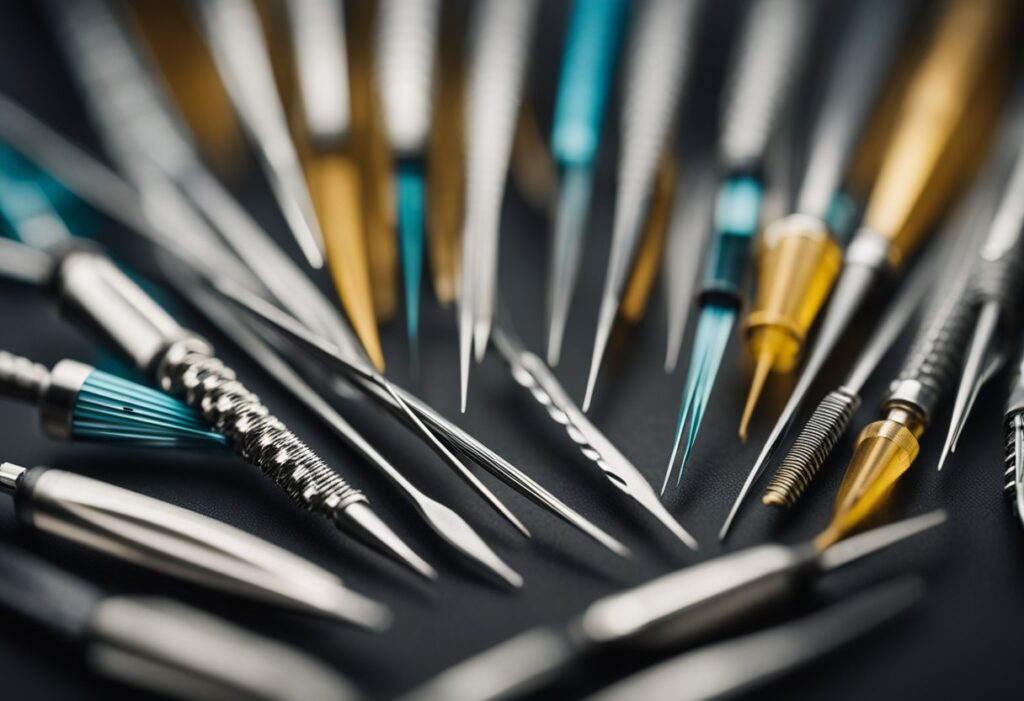
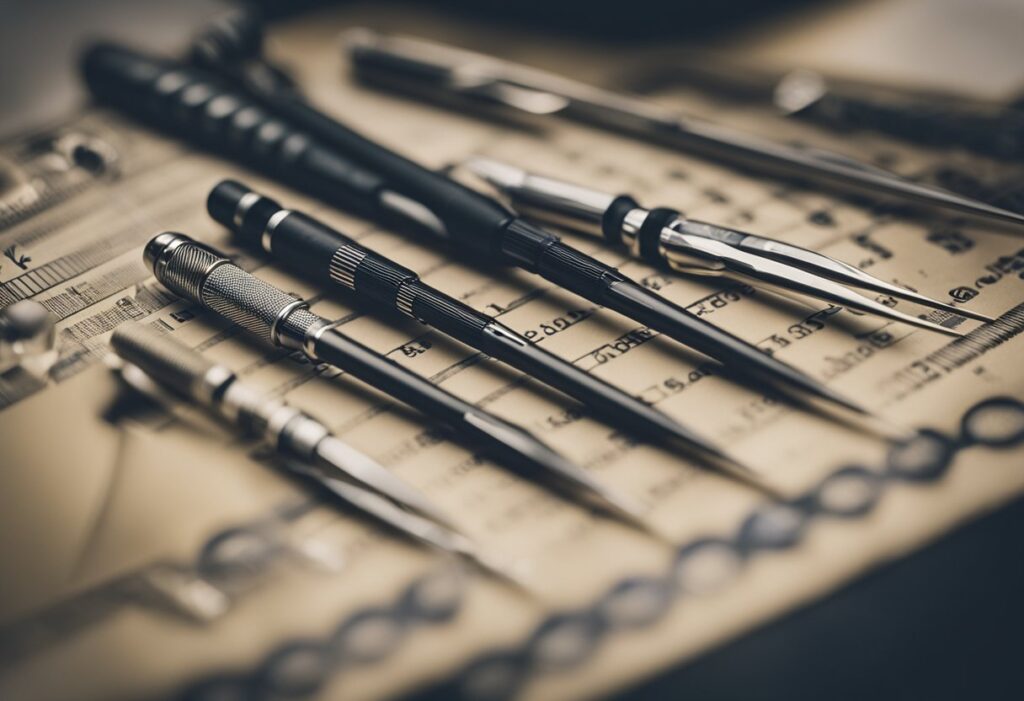
III: Understand Tattoo Needle Size
Tattoo needles come in various sizes, and each size has a specific purpose. The size of the needle determines the thickness of the line or shading that the needle creates. It is essential to choose the right needle size to achieve the desired result.
A:Needle Sizing System: Understanding the Numbers
The size of the tattoo needle is indicated by a number. The higher the number, the smaller the needle. For example, a #12 needle is smaller than a #6 needle.
B:Needle Configurations: Tailoring Tools for Artistic Goals
Tattoo needles are available in various configurations, such as round liner (RL), round shader (RS), magnum (M1), and more. Each configuration is designed for a specific purpose, and the size of the needle used in each configuration varies.
C:Diameter Matters: Exploring Needle Thickness
The diameter of the needle also plays a crucial role in the tattooing process. The diameter of the needle indicates the thickness of the needle. The thicker the needle, the wider the surface area where the ink is injected.
D:Choosing Wisely: Matching Needle Size to Tattoo Design
It is crucial to choose the right needle size for the specific tattoo design. For example, a small tattoo design may require a smaller needle size, while a larger tattoo design may require a larger needle size.
E:The Art of Precision: Needle Size and Desired Tattoo Results
In conclusion, understanding tattoo needle size is essential to achieve the desired result in tattooing. The size of the needle determines the thickness of the line or shading, and the diameter of the needle indicates the surface area where the ink is injected. Choosing the right needle size for the specific tattoo design is crucial.
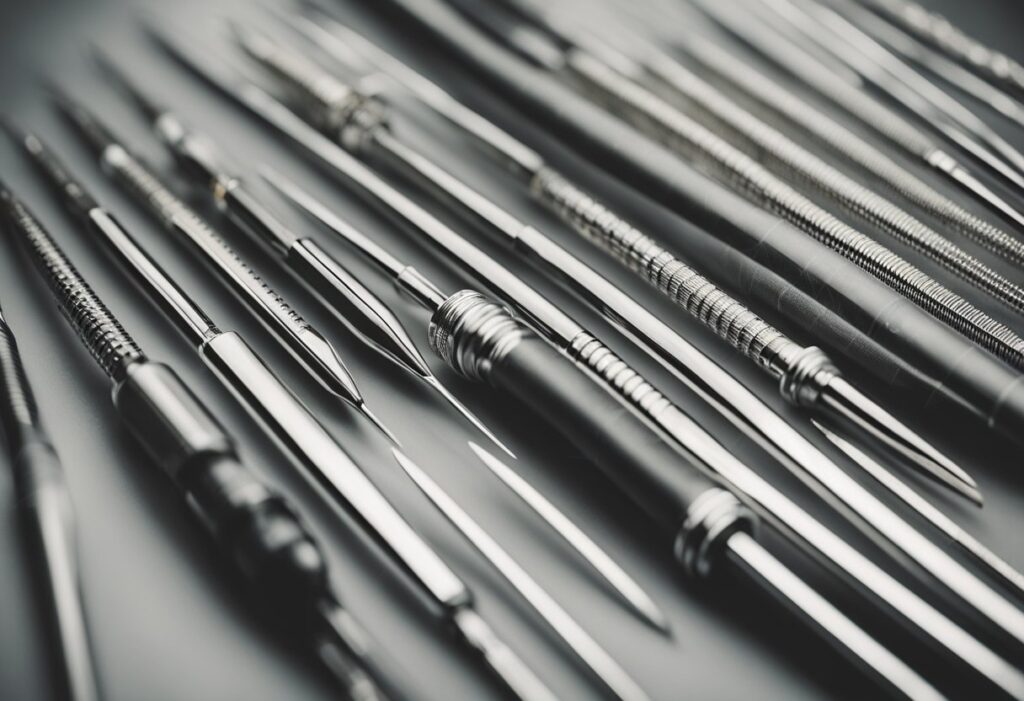

IV: Types of Tattoo Needles
Tattooing is an art that requires the use of different needles for different purposes. There are mainly five types of tattoo needles depending on their arrangement: Round Liner, Round Shader, Magnum, Curved Magnum, and Regular Magnum.
A:Liners and Shaders
Liner needles are used for outlining and creating crisp, clean lines. They are made up of a single needle configuration, which means that the needles are arranged in a straight line. The most common liner needle is the Round Liner (RL), which is characterized by a tight grouping of needles.
On the other hand, shader needles are used for shading and coloring. They are made up of multiple needle configurations, which means that the needles are arranged in a circular pattern. The most common shader needle is the Round Shader (RS), which is characterized by a loose grouping of needles.
B:Tattoo needle sizes RL
Tattoo needle sizes are denoted by a number and a letter. The number denotes the diameter of the needle, and the letter denotes the needle grouping. For example, a 3RL needle has three needles arranged in a straight line, while a 7RS needle has seven needles arranged in a circular pattern.
There are different sizes of tattoo needles available, ranging from 0.20mm (#6) to 0.40mm (#13). The smaller the number, the finer the needle. The most commonly used sizes are 3RL, 5RL, 7RL, 9RL, 5RS, 7RS, 9RS, and 13RS.
C:Specialty Needles
Apart from the regular tattoo needles, there are also specialty needles that are used for specific purposes. Some of the most common specialty needles are:
1:Bugpin Needles:
- Bugpin needles: These are extremely narrow needles that are used for fine details and photorealistic work. They are available in sizes #10 and smaller.
2:Stacked Magnum Needles:
- Stacked Magnum needles: These are made up of two rows of needles that are stacked on top of each other. They are used for creating bold lines and filling in large areas.
3:Weaved Magnum Needles:
- Weaved Magnum needles: These are made up of two rows of needles that are weaved together. They are used for creating smooth shading and blending colors.
4:Curved Magnum Shader Needles:
- Curved Magnum Shader needles: These are made up of a curved row of needles that are used for creating smooth shading and blending colors.
D:Conclusion
In conclusion, tattoo needles come in various configurations and sizes, and each type of needle is designed for a specific purpose. It is important to choose the right needle for the job to achieve the desired results.
V: Choosing the Right Needle
When it comes to tattooing, choosing the right needle is essential for achieving the desired results. Tattoo needles come in different sizes, counts, and diameters, and each one serves a specific purpose. In this section, we will discuss some factors to consider when choosing the right needle for your tattoo.
A:Considerations for Tattoo Artists
Tattoo artists should take into account several factors when choosing the right needle for their tattoo design. These factors include the depth of the needle, the texture of the needles, and the taper length. The depth of the needle determines how deep the ink will penetrate into the dermis layer of the skin. Texture needles are ideal for creating shading and blending different colors. Taper length is another important factor to consider because it affects the precision and accuracy of the needle.
B:Needle Brands and Machines
The choice of needle brands and machines is a personal preference for tattoo artists. Some popular needle brands include Cheyenne, which is known for its high-quality cartridges, and stainless steel needles. Rotary machines and coil machines are the most commonly used machines in tattooing. Cartridge needles are also becoming increasingly popular because they are pre-sterilized and easy to use.
In summary, choosing the right needle is crucial for achieving the desired results in tattooing. Tattoo artists should take into account factors such as needle count, diameter, size, gauge, taper, long taper, medium taper, extra long taper, and taper length. Personal preference, the tattoo design, and the type of machine used are also important considerations. By considering all these factors, tattoo artists can create bold lines, fine lines, and precise and accurate tattoos.
VI: Tattoo needle sizes and uses
Tattoo needles come in various sizes, shapes, and configurations, each designed for a specific purpose. Choosing the right needle size and configuration can make a significant difference in the outcome of a tattoo. In this section, we’ll explore the different tattoo needle sizes and their uses.
A:Tattoo needle sizes for beginners
For beginners, it’s essential to understand the basics of needle sizing. Tattoo needle sizes are measured in gauges, with a lower gauge number indicating a thicker needle. The most common needle sizes for beginners are 7, 9, and 11. These sizes are suitable for outlining and shading small to medium-sized tattoos.
B:Line Work and Shading
For line work, a single needle is typically used, with a size ranging from 3 to 7. The smaller the needle size, the finer the lines will be. For shading, larger needle sizes are used, ranging from 7 to 18. The larger the needle size, the more ink it can hold, resulting in a darker and more intense shade.
C:Needle Groupings and Configurations
Needle groupings refer to the number of needles arranged in a specific configuration. The most common needle groupings are 1, 3, 5, 7, 9, and 11. The configuration of the needles determines the shape and size of the tattoo line. For example, a round shader needle configuration is used for shading, while a round liner is used for outlining.
D:Tattoo Needle Configurations: A Guide to Usage
Tattoo needle configurations include round, flat, magnum, and curved. A round needle configuration is used for outlining and shading, while a flat needle configuration is used for filling in color. A magnum needle configuration is used for shading large areas, while a curved needle configuration is used for creating curved lines.
E:Conclusion
In conclusion, understanding tattoo needle sizes and configurations is crucial for achieving the desired outcome of a tattoo. By selecting the right needle size and configuration, tattoo artists can create precise lines, smooth shading, and vibrant colors.

Frequently Asked Questions
Tattoo cartridge needles are pre-made needle configurations that come in a disposable cartridge. They are designed to be used with a cartridge system machine. Traditional tattoo needles, on the other hand, are made up of individual needles that are soldered together in a specific configuration. Cartridge needles are easier to set up and change out than traditional needles, but they may not provide the same level of customization.
The best needle size for fine line tattoos depends on the artist’s preference and the design. Generally, a needle size between 3 and 7 is used for fine line work. A 3 or 5 needle is ideal for creating delicate lines, while a 7 needle is better for bolder lines.
The best tattoo needles for lining are round liner (RL) needles. RL needles are made up of a single needle that is tightly packed together in a round configuration. They are ideal for creating clean, crisp lines.
RL tattoo needle sizes are determined by the diameter of the needle. The most common sizes are 1, 3, 5, 7, 9, and 14. A smaller needle size, such as a 1 or 3, is ideal for creating fine lines, while a larger needle size, such as a 9 or 14, is better for bolder lines.
A 12 gauge tattoo needle is larger than the average tattoo needle and is commonly used for shading and filling in large areas. The larger needle size allows for more ink to be deposited into the skin, resulting in faster and more efficient work.
For beginners, it is recommended to start with a round liner (RL) needle in size 3 or 5. These needles are easy to use and are versatile enough for creating both fine and bold lines. It is also important to use high-quality needles from reputable brands to ensure safety and optimal results.
